In June 2016, Google updated all Android smartphones in the world with Advanced Mobile Location (AML), a technology that allows emergency services to accurately locate a caller in danger. Fast forward a year later, the service has been activated in many countries with many lives saved as a result.
In the past months, EENA has been travelling around Europe to raise awareness of AML in as many countries as possible. All these meetings brought up a recurring question that EENA had to reply to: “So, what about Apple?”. For months, EENA has tried to establish contact with Apple to work on a solution that automatically provides accurate location derived from iPhones to emergency services and rescuers. Unfortunately, with no result.
Emergency services themselves, as well as other stakeholders, are publicly stressing the need for Apple to work on AML. This is the case in Australia, Estonia, Sweden, and Belgium. Belgium announced the launch of AML for Android users on 13 July but indicated that iPhone users should download the “112BE” smartphone app since the service is not available to Apple customers.
Politicians have also stressed the need for AML to be available in all handsets. In an interview with EENA after her visit to the 112 Emergency Response Centre in Tallinn, Member of the European Parliament Kaja Kallas noted that “Currently, AML only works on Android devices. To increase the number of people who can benefit from it, we should make sure that it works on all smartphones.”.
EENA recognises the efforts of Apple to improve the safety of their customers. The SOS functionality of the Apple Watch can automatically send the location of a caller to a specified contact. Nevertheless, this functionality should be extended to mobile phones, and the location should be sent to emergency services and rescuers as well – the people who primarily need this information. Recent news about the “panic command” on iPhones, including a location function, is also a step in the right direction. But it is not sufficient: accurate location information should be sent during all emergency calls.
As AML is being deployed in more and more countries, iPhone users are put in a disadvantage compared to Android users in the scenario that matters most: an emergency.
EENA calls on Apple to integrate Advanced Mobile Location in their smartphones for the safety of their customers. It is important to highlight once again that AML is an open-source protocol (see ETSI EMTEL document in the sidebar) and any smartphone manufacturer or operating system provider can integrate it in their products.
EENA remains at the disposal of Apple to work together on a solution that will concretely improve the safety of its customers.
Find out more about AML using the links in the sidebar.
